Fiction plot twists are the unsung heroes of storytelling, capable of turning a simple narrative into a rollercoaster of emotions. Whether you’re a seasoned writer or a curious reader, understanding how to craft or recognize a well-executed plot twist is essential for capturing hearts and minds. From the shocking revelation in *The Departed* to the mind-bending twists in *Chinatown*, these moments of surprise have become synonymous with great storytelling. In this masterclass, we’ll delve into the art of crafting unforgettable fiction plot twists, exploring everything from psychological thrillers to heartwarming romantic turns. Join us as we uncover the secrets behind the best plot twists, whether you’re diving into books, movies, or your own creative projects.
Key Takeaways
– Master the Art of Plot Twists: Craft unpredictable turns that captivate readers and deepen your narrative’s complexity.
– Types of Twists: Discover reverse, curveball, and irony twists to add shock value and keep audiences hooked.
– Double Cross Impact: Use dual betrayals to introduce unexpected drama and emotional depth.
– Shocking Twist Elements: Combine foreshadowing, misdirection, and sudden revelations to create unforgettable moments.
– Enhance Storytelling: Leverage plot twists to escalate tension and leave a lasting impression on readers.
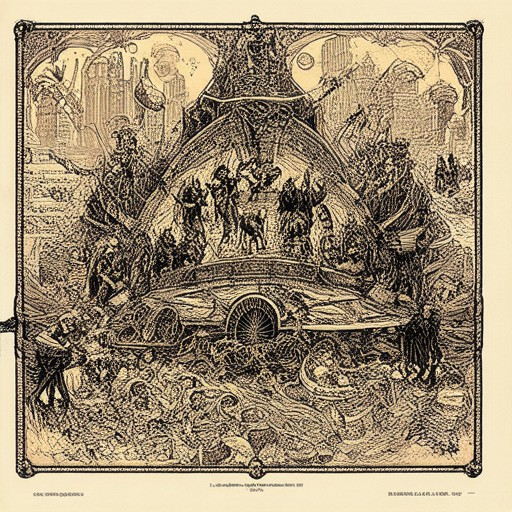
What is a Plot Twist?
A plot twist in storytelling refers to a sudden change or unexpected turn of events that alters the audience’s understanding of the narrative. It is often used to increase tension, surprise the reader, or reveal hidden truths. A well-executed plot twist can elevate a story, leaving a lasting impression on the audience.
Characteristics of a Good Plot Twist
- Surprising Yet Believable: A good twist should catch the reader off guard but still feel logical within the story’s context. It shouldn’t come out of nowhere but should challenge the audience’s assumptions.
- Foreshadowed Properly: The twist should hint or suggest itself through subtle clues earlier in the story, allowing readers to reflect on these hints after the revelation.
- Thematically Consistent: The twist should align with the story’s theme, contributing meaningfully to the overall narrative rather than feeling tacked-on.
- Impactful and Memorable: A great twist should resonate with the reader, leaving them thinking about the implications long after the story ends.
Examples of Great Plot Twists
- The Book “Harry Potter and the Deathly Hallows”: The final installment reveals that Harry Potter’s parents, James and Lily, survived Voldemort and became powerful wizards known as the Potters. This twist ties together themes of love, sacrifice, and destiny.
- The Movie “The Sixth Sense”: The protagonist discovers that he is dead and has been living in a coma, with his actions affecting his family’s reality. This twist challenges the audience’s perception of reality and death.
- The TV Show “Lost”: The island is revealed to be a prison for the souls of evil people, and the characters’ struggles are part of a larger spiritual battle. This twist deepens the show’s philosophical themes.
How to Create an Effective Plot Twist
- Plan Ahead: Foreshadow the twist early in the story through subtle hints or indirect references. This builds anticipation and prepares the audience for the revelation.
- Balance Suspense with Clues: While the twist should be surprising, it should also feel inevitable based on the story’s progression. Provide enough information to guide readers without giving away the secret too early.
- Consider Multiple Perspectives: A twist can sometimes be more effective when told from an unexpected point of view, offering a new angle on familiar events.
- Reflect on Themes: Ensure the twist adds depth to the story’s central themes, making it more meaningful and thought-provoking for the audience.
By carefully crafting a plot twist, authors can captivate their audience, explore deeper storytelling possibilities, and leave a lasting impact on the reader’s mind.
Books with the Best Plot Twists
- Gillian Flynn’s Gone Girl is renowned for its shocking twists, particularly the revelation about the protagonist’s identity and the intricate plot developments.
- Alex Michaelides’ The Silent Patient features a suspenseful narrative that builds toward a stunning twist, leaving readers in awe of its complexity and surprise factor.
- Wendy Walker’s Before I Go is celebrated for its unexpected turn, which adds a layer of depth and intrigue to the story’s conclusion.
- A.J. Finn’s The Woman in the Window delivers a clever twist that challenges readers’ assumptions and keeps them guessing until the very end.
These books are highly recommended for those who enjoy stories with unexpected turns and surprising conclusions. Explore more thrilling narratives by visiting our literary collection .
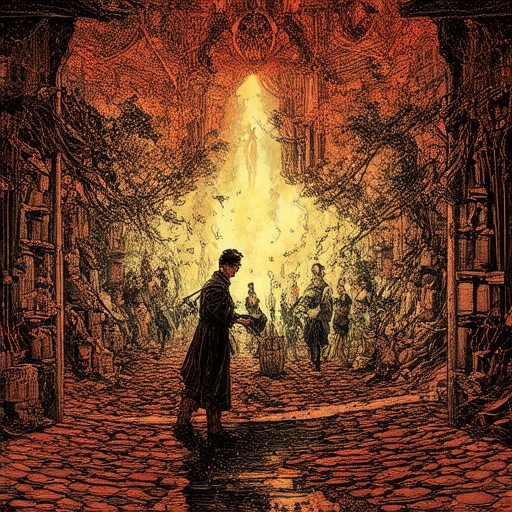
The Most Iconic Plot Twists in Cinema History
The most iconic plot twists in cinema history have left audiences stunned, challenged their perceptions, and become integral to the legacy of the films they belong to. Here are some of the most shocking and clever twists that have redefined storytelling:
- The True Identity Revealed in “Shakespeare in Love”
- The Simulation Exposed in “The Matrix”
- The Joker’s Death in “The Dark Knight”
- Quentin Tarantino’s Reservoir Dogs Twist
- John Cusack’s Character in “The Cable Guy”
In “Shakespeare in Love,” the final act reveals that the film itself is a fictionalized account of William Shakespeare’s life, written by his fictionalized version of himself. This meta-twist completely changes the audience’s understanding of the narrative.
One of the most groundbreaking twists in modern cinema, “The Matrix” reveals that reality as we know it is a simulated reality created by machines. This concept has influenced countless films and remains a defining moment in science fiction.
The final scene of “The Dark Knight” sees the apparent death of the Joker, only to have him return as a haunting presence in Harvey Dent’s flashback. This twist adds layers to the character and leaves a lasting impression on viewers.
In “Reservoir Dogs,” the film’s central mystery revolves around the betrayal of Vic Vega by his crew. The final reveal that Vic has been manipulating everyone from the beginning is a masterstroke in storytelling.
Steve Zissou’s cable company logo, which he insists on drawing constantly, is revealed late in the film to be a hidden message spelling out “Cable Hogs.” This subtle yet brilliant twist adds a whole new layer to the story.
These twists not only surprise audiences but also elevate the films to iconic status. They challenge viewers to rethink everything they’ve seen and leave a lasting impact on their memory of the movies.
For more insights into crafting unforgettable twists and exploring the art of storytelling, visit James Whitfield Thomson ‘s literary platform. Discover tips, techniques, and reflections on creating compelling narratives that resonate with readers.
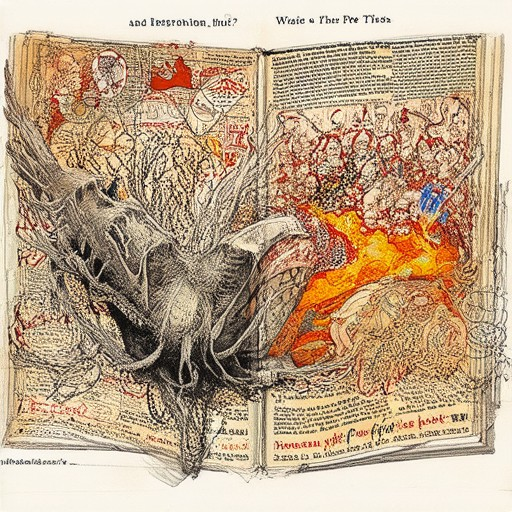
What is a Twist in Fiction?
A twist in fiction is a deliberate turn of events that deviates significantly from the audience’s expectations, often catching them off guard. This technique is commonly referred to as a plot twist . A plot twist can occur at any point in the story but is most impactful when revealed late in the narrative, leading to a surprise ending .
Types of Plot Twists
- Reverse Twist : One of the most common types, this occurs when the resolution of the story contradicts the initial assumptions of the characters and readers. For example, in The Great Gatsby , the revelation that Daisy Buchanan’s death was caused by Tom Buchanan rather than Jay Gatsby is a classic reverse twist.
- Curveball Twist : This type of twist introduces an unexpected event that shifts the story’s direction. An example is the discovery of a hidden character or a secret plotline, as seen in Sopranos where AJ Soprano’s struggles lead to a shocking conclusion.
- Irony Twist : This twist plays on the audience’s understanding of the story’s themes or character motivations. For instance, in Pride and Prejudice , Mr. Darcy’s true intentions being revealed after his apparent fall from grace creates a ironic twist.
Why Plot Twists Matter
A well-executed plot twist can elevate a story, leaving readers with a lasting impression. It forces characters and audiences to reevaluate their assumptions, deepening the narrative’s complexity. However, a poorly executed twist can feel forced, alienating readers if it doesn’t align with the story’s established tone and themes.
To learn more about crafting effective twists in fiction, explore James Whitfield Thomson’s guide to storytelling techniques and discover how to master the art of the plot twist.
Explore deeper insights into fictional narrative structures to enhance your understanding of how twists contribute to compelling stories.
What is a Double Plot Twist Called?
A double plot twist, often referred to as a double-cross , occurs when a character in a story betrays another character or group, typically leading to unexpected and dramatic consequences. This type of twist adds layers of tension and complexity to the narrative, often leaving readers surprised and intrigued.
How Does a Double-Cross Work?
A double-cross involves two instances of betrayal: 1. The first betrayal leads the protagonist or another significant character into a false sense of security. 2. The second betrayal reveals the true nature of the relationship or intentions, often resulting in a sudden shift in the story’s direction.
This technique is particularly effective in creating doubt and uncertainty among viewers, as it challenges their understanding of the characters and relationships within the story.
Example of a Double-Cross
In many stories, authors use the double-cross to heighten drama and emotional impact. For instance: – A character might trust an ally who later turns against them. – That ally, in turn, may face their own betrayal, complicating the storyline further.
Why Is It Effective?
The double-cross is a powerful storytelling device because it: – Creates unpredictability. – Deepens character development. – Adds layers of intrigue to the plot.
By incorporating this technique, authors can keep audiences engaged and make their narratives more memorable.
Keywords to Consider
- Double plot twist
- Storytelling technique
- Narrative complexity

How to Create a Shocking Plot Twist
To craft a truly shocking plot twist, follow these steps:
- Foreshadowing: Drop subtle hints throughout the story to suggest something unexpected is coming. Mention obscure details or unusual occurrences that later tie into the twist.
- Misdirection: Introduce red herrings to mislead readers. These can be characters, objects, or events that appear important but ultimately serve to distract from the real plot development.
- Revelation: Unveil the twist at a pivotal moment. This should be sudden and surprising, catching readers completely off guard while still making sense within the established story context.
- Climax: Immediately follow the revelation with escalating conflict. The twist should directly impact the story’s direction, forcing characters into reactive situations.
- Aftermath: Explore the long-term effects of the twist. How do characters react? What new conflicts or opportunities arise from the revelation?

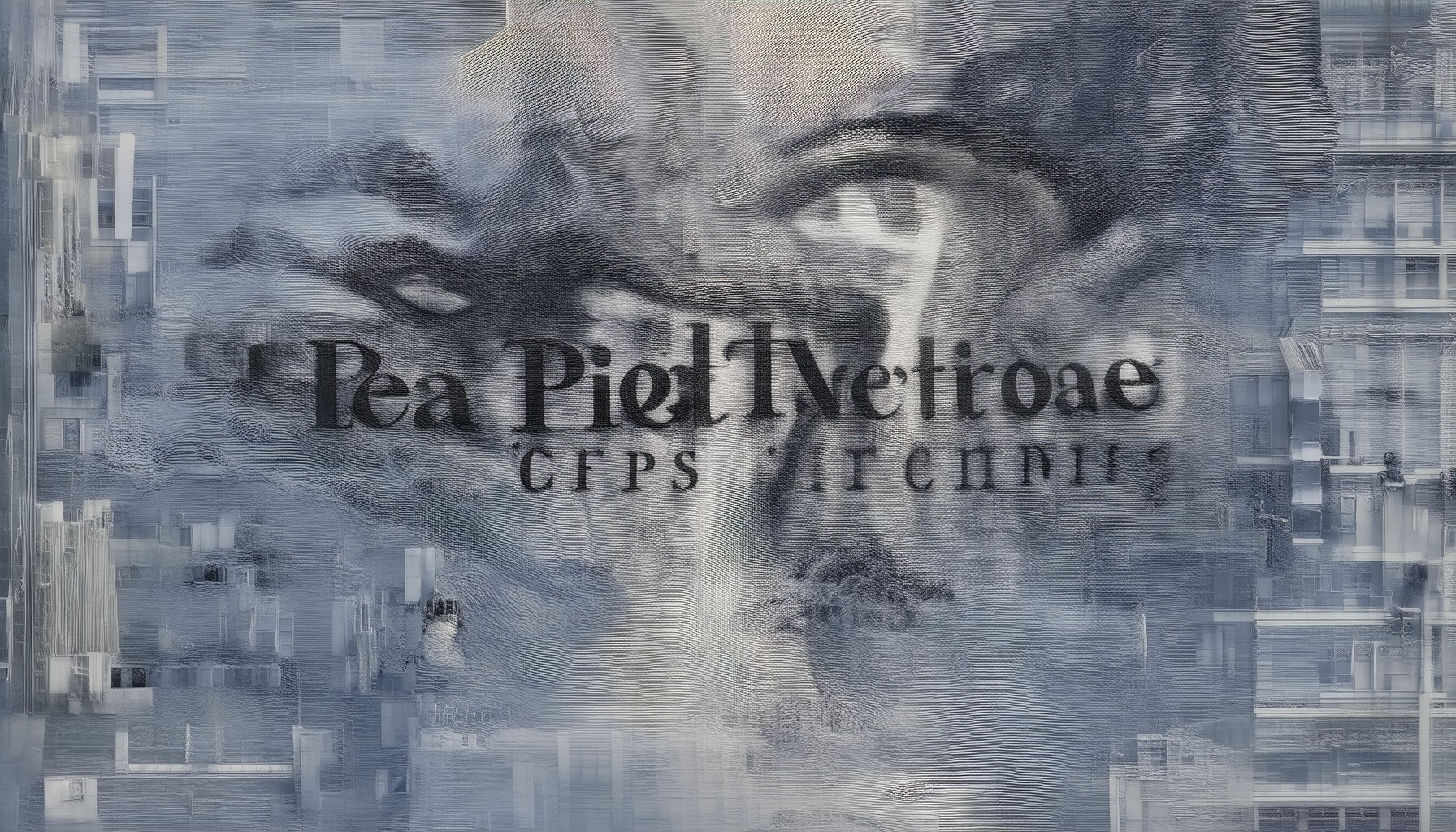


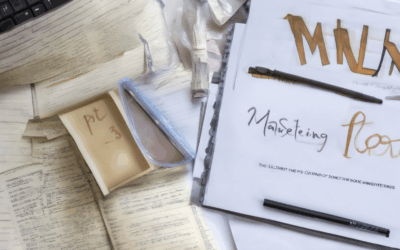
0 Comments